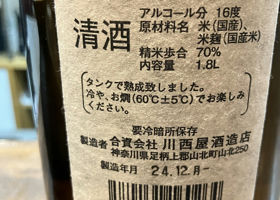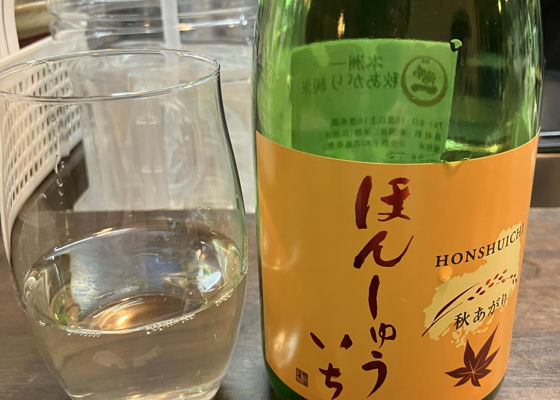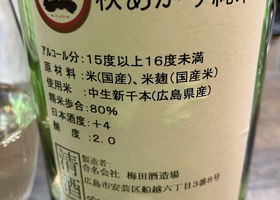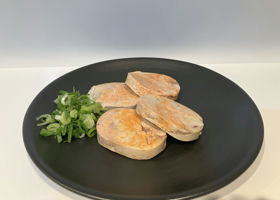

10ZG-STQ
drinking at home (as opposed to going out)
I had overlooked it until now, but when I passed by a liquor store located 5 minutes from my office, I noticed a banner of "Iwakuni no Ganki".
I noticed the Iwakuni Ganki banner and dropped by.
I stopped by and found out that they had a good selection of sake, so I took some home with me and Ikegame, who had checked in before 😃.
I took some home with me along with the Ikegame I checked in before 😃.
The sake was light and refreshing, and the costumers
I opened it in no time 😅
Japanese>English
















































